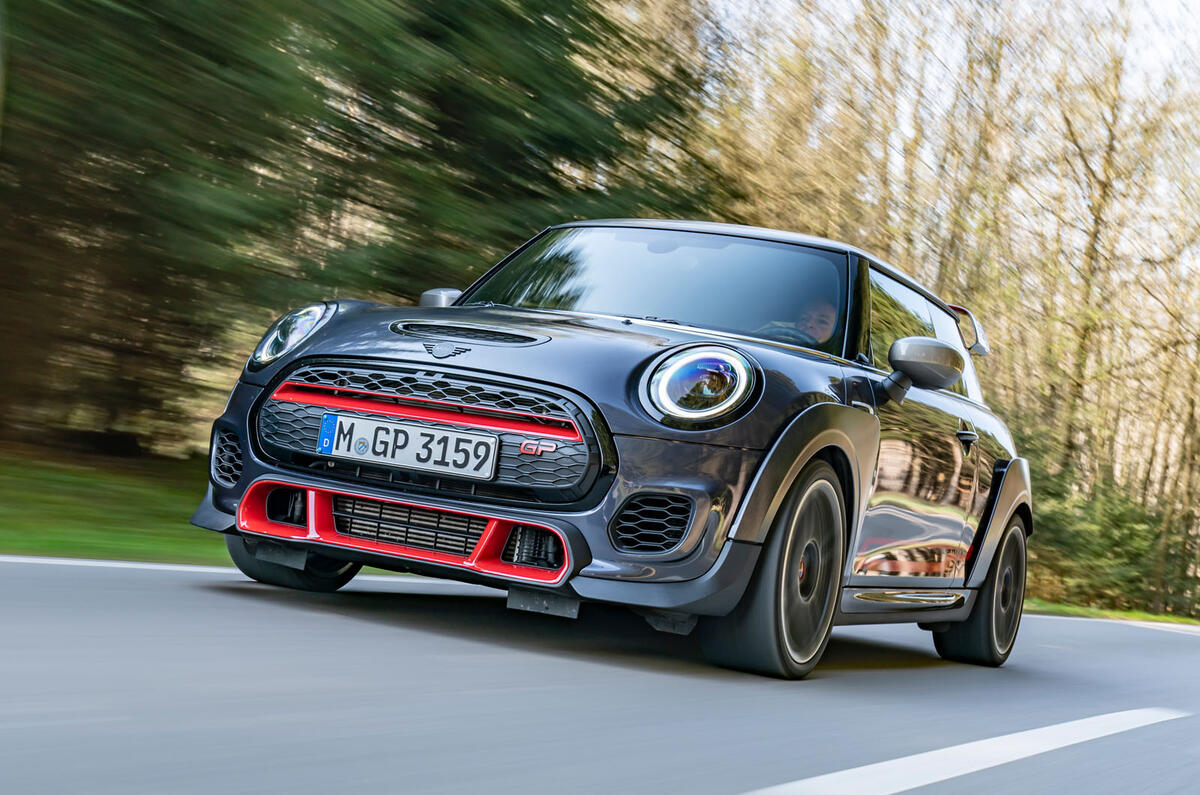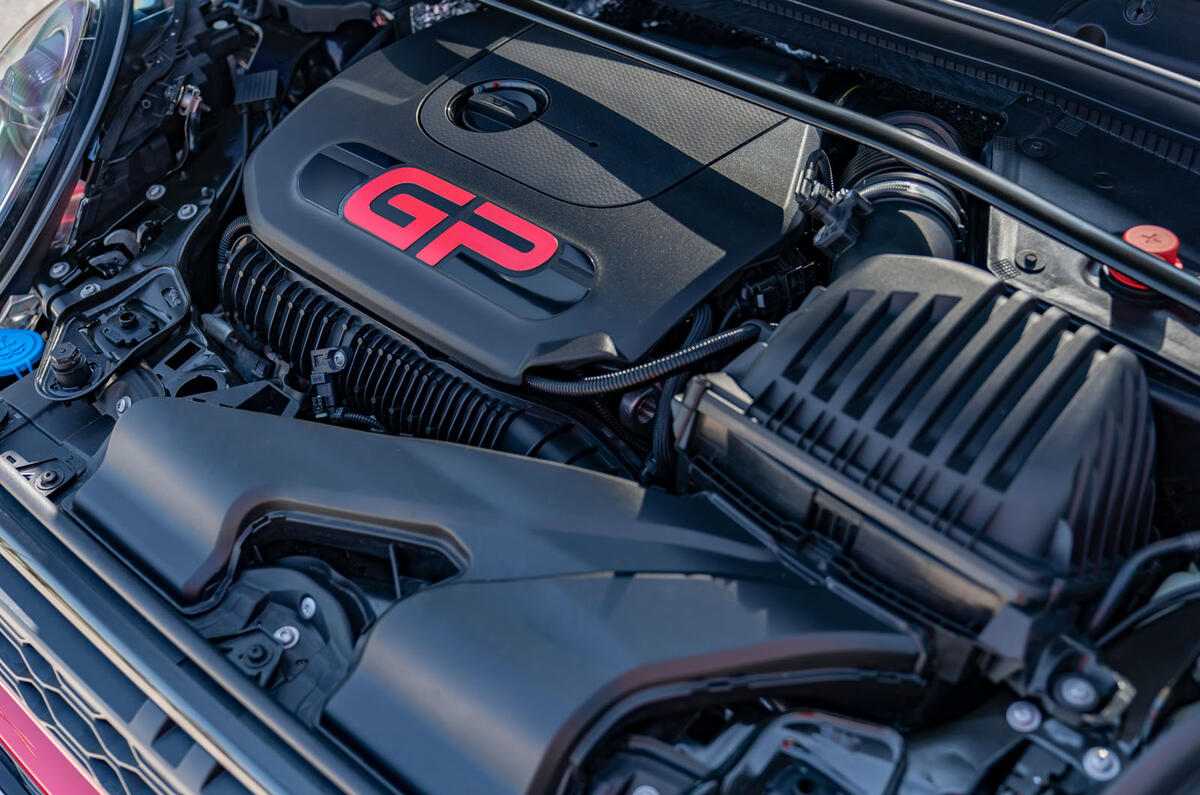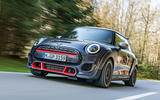So, here it is: two and a half years after we first saw that extreme concept car at the Frankfurt motor show, the new Mini John Cooper Works GP has finally arrived.
Yes, it has been a rather drawn-out development cycle for the fastest road-going Mini model yet. Indeed, there were times when it appeared plans for a new GP had been abandoned for lack of any official confirmation on its progress. Still, you know what they say about the kind of things that come to those who wait.
Like its distinguished predecessors, the GP will be produced in a limited run of just 3000 examples, of which 575 are reserved for the UK. At £33,895, it’s a big (£7935) step up from the standard John Cooper Works. Two versions are on offer: a full-specification model and more track-biased ‘naked’ one, which goes without air conditioning or an infotainment system.
The good news is that Mini has stuck to its guns and delivered a car not too far removed from what it originally promised for its 60th birthday: one that incorporates all the gregarious spirit and driving enjoyment delivered by its various competition cars down the years.
Performance-wise, the third-generation GP raises the bar by a not insignificant 74bhp and 98lb ft over the JCW three-door hatchback, upon which it’s heavily based and alongside which it’s assembled at the Mini factory in Oxford.











































